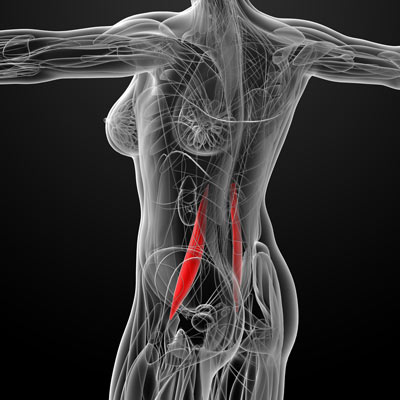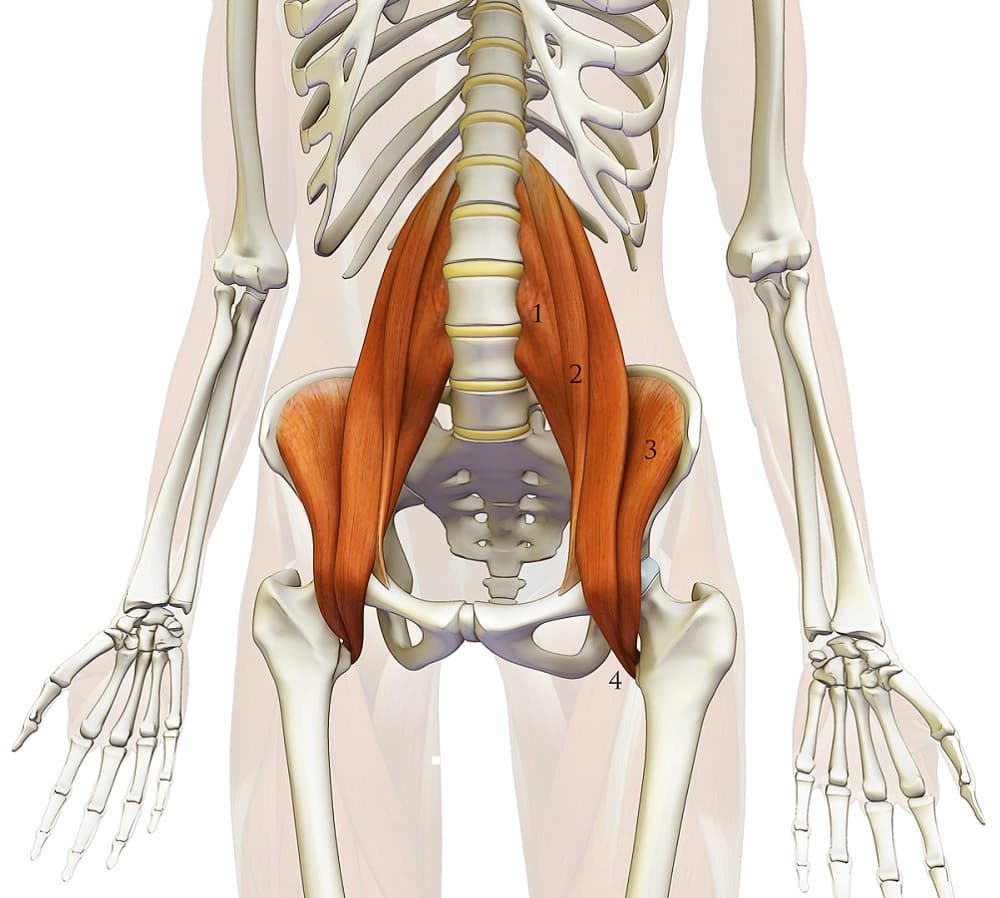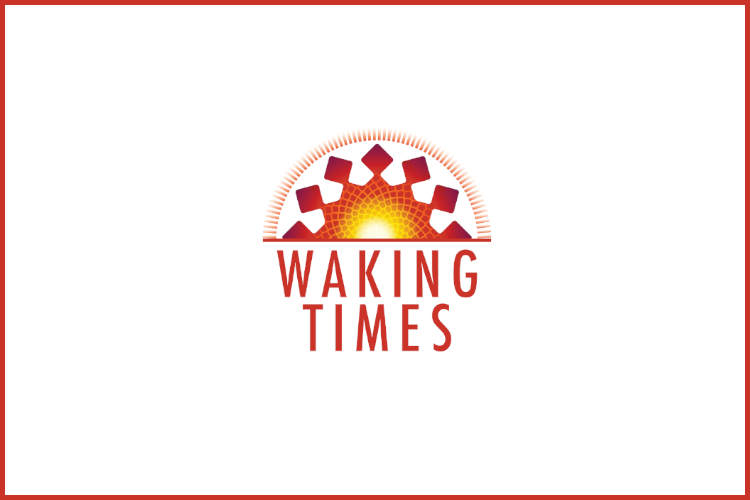Psoas Muscle
Not many people have heard of the psoas (“So-as”) muscles, yet problems with these muscles can manifest as hip, groin, and low back pain. Fortunately, with a couple psoas-releasing stretches, you can help stabilize the spine to help relieve these issues.


Instep Dance Magazine Articles. Reprints of monthly column as first appearing in Instep Dance Magazine.. December 1998 The Psoas – Hidden Influence on Posture …
The iliopsoas area’s most important muscle is psoas and this muscle can be the reason for inflexibility in that area, bad posture and lower back pain ().Unfortunately, because of their location in the human body, their tendency to stiffen is greater compared to other muscle groups, and that predisposition becomes even greater due to …
The psoas is a general term, but most often refers to the combination of two muscles, the iliacus and the psoas major muscle. Together these two muscles. are better known as the Iliopsoas muscle.



The psoas muscle (pronounced SO-as) may be the most important muscle in your body. Read on to find out whether you might have a psoas muscle …


The psoas is a long, slender skeletal muscle which, when present, is located anterior to the psoas major muscle.
The home of Liz Koch and the Psoas Muscle Book and Workshops
The Psoas Awakening Series synergistically combines the standing poses to awaken the psoas muscle. We accomplish this by first contracting the psoas in poses that face forward, then in poses that face the side.
The psoas major (/ ˈ s oʊ. ə s / or / ˈ s oʊ. æ s /) (from Greek: ψόας – psóās : ‘of the loins’, genitive singular form of ψόα – psóa ‘the loins’) is a long fusiform muscle located on the side of the lumbar region of the vertebral column and brim of the lesser pelvis.

An unhealthy psoas muscle could explain your low back pain. Learn the best ways to improve psoas health, plus other symptoms of a dysfunctional psoas.

/images/library/79/Iliopsoas_Muscle_Neutral.png)